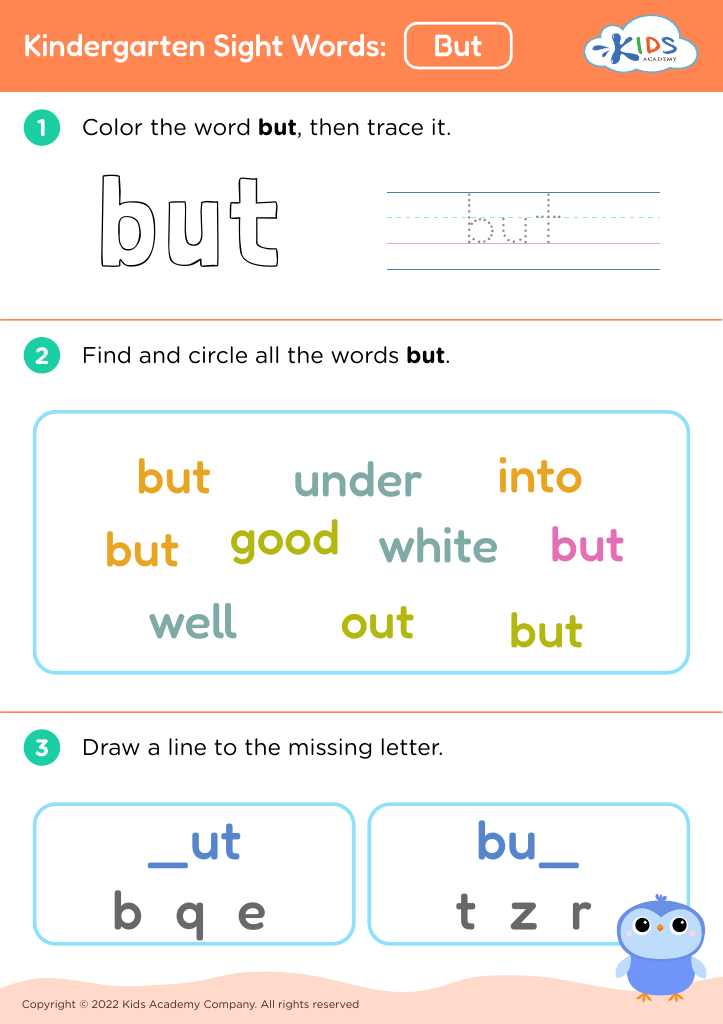Understand seasons Worksheets for Kids
1 filtered results
-
From - To
Question/Answer
How does the mastery of the Understand seasons skill affect a student's performance at an early age?
The mastery of the Understand seasons skill at an early age enhances a student's comprehension of the natural world, promotes cognitive development by establishing connections between time and environmental changes, and improves observational and analytical skills.
What does the Understand seasons skill mean when it comes to Kindergarten Sight Words learning?
The "Understand seasons" skill in the context of Kindergarten Sight Words learning refers to teaching children the basic vocabulary and concepts associated with the four seasons (spring, summer, autumn, winter). This includes recognizing season-specific sights, activities, weather patterns, and how seasons change, enhancing their ability to comprehend and use related sight words in context.
How to train the Understand seasons skill in Kindergarten students learning about Sight Words?
To train the "Understand seasons" skill in Kindergarten students learning about Sight Words, integrate seasonal sight words into activities: use flashcards with words like "snow," "sun," "leaf," and "flower" representing different seasons. Engage students in matching games, where they pair sight words to appropriate seasonal images, and encourage them to create simple sentences using these words in seasonal contexts.

.jpg)









